Trina Solar, China-headquartered global leader in solar module manufacturing, introduced two new series of products featuring an N-TOPCon configuration.
The company announced the Vertex N for commercial, industrial, and utility-scale applications, and the Vertex S+, for residential rooftop PV systems. The two products were introduced at the RE+ conference in Anaheim, California.
Trina marketing manager Melissa Cavanagh told pv magazine that it will soon exclusively produce TOPcon modules. The company said it is also mulling the potential to set up manufacturing capacity in the United States now that the Inflation Reduction Act has been passed. The Act packs in numerous incentives for solar manufacturing at every leg of the module supply chain as well as balance-of-system components.
The Vertex N is a 210Rmm N-TOPCon module with a maximum output of 595 W. It has a bifaciality factor of 80%, up from the 70% that traditional polysilicon solar cells produce.
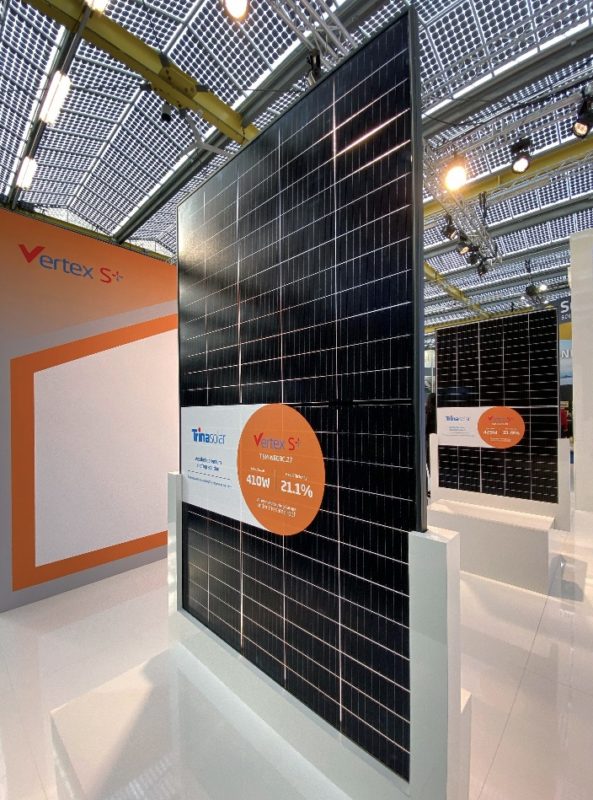
The Vertex S+ is a 430 W module designed for residential rooftop applications. It has a max efficiency of 21.9%. The module features a lightweight dual-glass design for enhanced safety, lifespan, and durability.
The product is backed by a 25-year product warranty and a maximum annual degradation of 0.4%. S+ includes all Vertex series technologies such as 210mm multi-busbar triple-cut cells, non-destructive cell cutting and high-density interconnection for low voltage and maximum string power.
TOPCon (tunnel oxide passivated contacts) solar modules are a focus for Trina as they provide higher efficiency, lower degradation, and a better temperature coefficient when compared to conventional modules.
“TOPCon is not new to Trina, we built our first pilot project four years ago – a 400 MW solar plant under China’s Top Runner program,” Helena Li, president of the company’s global cell and module business, told pv magazine Smarter E event in Munich, Germany. “We utilized our own n-type TOPCon technology in that project, but when we built that customers were not ready to buy these products, as prices were too high, although we had a production line of a certain size. However, we built on this experience for our current approach.”
In March, Trina Solar said that its 210 mm × 210 mm TOPCon cell had achieved an efficiency of 25.5%.
“Our shipments have already grown 40% year on year, maintaining a high market share, despite all difficulties. Trina Solar will keep developing TOPCon tech rapidly and is planning to raise its capacity for new n-type products from 500 MW currently to 20 GW by the end of 2023,” said Li.
The company has launched a number of joint ventures or partnerships to diversify its polysilicon, ingot and wafer sources over the past year, especially in Southeast Asia. Trina said it is confident in the high degree of traceability of its products and supporting supply chains.
“We realized supply chain can not be centralized in one place and customers also want independence. Our mid-term strategy is to have a clear fragmentation of products and markets, as well as geographically diversify our supply chain. Different markets require different supply chains,” said Li.
This content is protected by copyright and may not be reused. If you want to cooperate with us and would like to reuse some of our content, please contact: editors@pv-magazine.com.
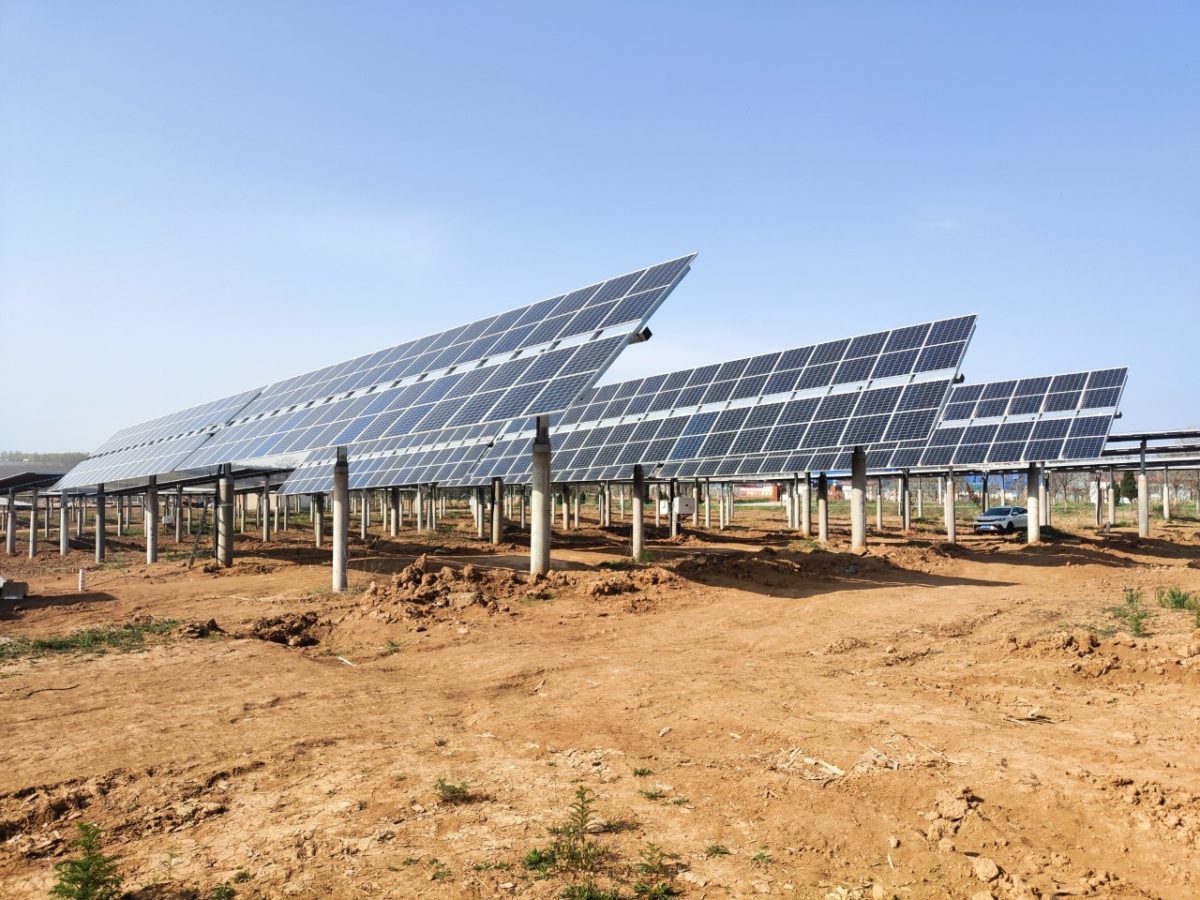
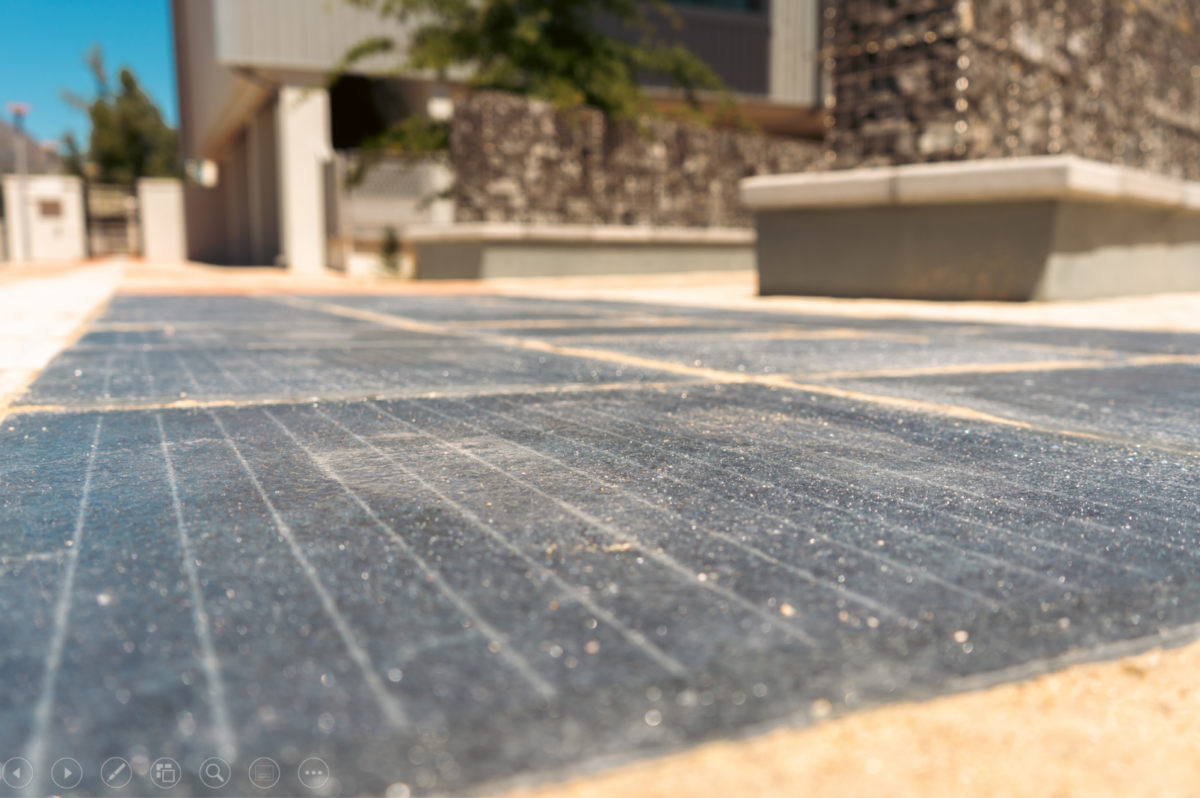



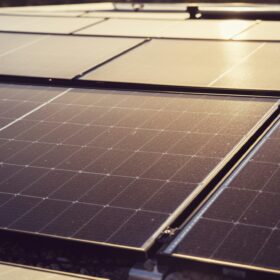
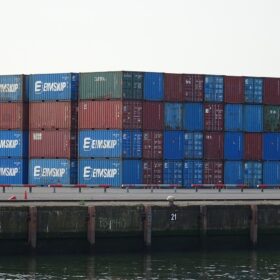


By submitting this form you agree to pv magazine using your data for the purposes of publishing your comment.
Your personal data will only be disclosed or otherwise transmitted to third parties for the purposes of spam filtering or if this is necessary for technical maintenance of the website. Any other transfer to third parties will not take place unless this is justified on the basis of applicable data protection regulations or if pv magazine is legally obliged to do so.
You may revoke this consent at any time with effect for the future, in which case your personal data will be deleted immediately. Otherwise, your data will be deleted if pv magazine has processed your request or the purpose of data storage is fulfilled.
Further information on data privacy can be found in our Data Protection Policy.